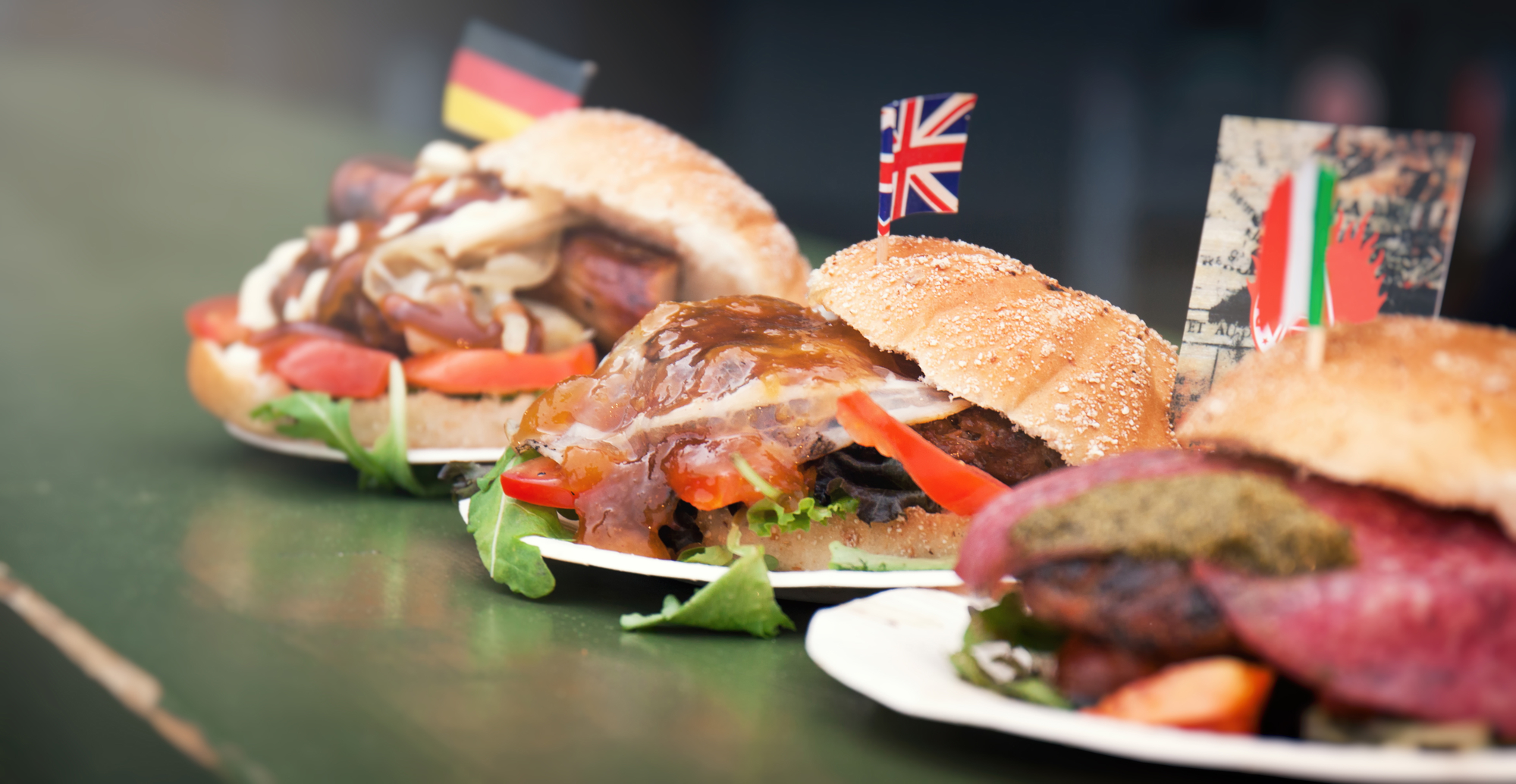Best Quality Beef in Te World
Which country to visit to swallow the best beefiness steak ?

Few meals are more than succulent than a juicy beef steak. Of grade, the question of where to find the all-time beef steak is constantly debated past food aficionados effectually the earth. Many countries claim to have the best beef on the market–either due to the brood of cattle they use, the animals' nutrition, or another gene. But which places are truly the best?
Thankfully, no matter where your globe travels might take y'all, there are many countries that produce high-quality beefiness steaks. Here is a expect at some of the countries that offer the best beef steak in the world.
Argentina
While many people assume that the United States tops the globe in beef steak consumption, that honour actually goes to Argentina, where residents eat an average of nearly 130 pounds of beef steak (per person) each year. The delicious flavor of Argentine republic'south beef is largely attributed to its grass-fed cattle, which are raised by ranchers known equally gauchos . Beef steak is then popular in Argentina that eating beef is considered to be part of the land's national identity. Steak portions that weigh over one pound are the norm, and asado (which is a traditional form of slow-cooking the steak with only table salt for seasoning) is the country's national dish.
Ireland and the United Kingdom
Approximately half of all beef steak produced in Ireland is shipped to the neighboring United Kingdom, even though the U.M. has millions of its own cattle. A distinctive feature of cattle raised in these regions is that farmers generally use "pedigree bulls" to sire cattle with a consistent, quality flavor. Because the Aberdeen Angus and Hereford cattle are raised in an outdoor environment where they grow more slowly, beef steak from Ireland and the United Kingdom tends to take a more tender quality than other regions. Another item of interest: beef steak is well-nigh frequently served with chips (french fries), with shrimp cocktail as a popular titbit before the main course.
United States
The Us and Canada are filled with great steakhouses, which ofttimes will allow choice cuts of beef steak to mature for up to iv weeks earlier they are served to customers. This crumbling process brings added flavor to the meat, which is served in a variety of cuts–from rib eye and sirloin to t-os and tenderloin. USDA prime beef is considered the top standard in domestic cuts of meat, which commonly comes from corn-fed cattle. While this higher-quality beef (which commonly has loftier levels of marbling) is more expensive than lower-graded cuts, it is also much more tender and flavorful. A wide diverseness of sides may be served with the steak, though "surf and turf" (pairing a beef steak with lobster) is a distinctly Due north American option. Lower-graded beefiness steak cuts are ofttimes used for stews, hamburger meat, fajitas, and other dishes, giving beef lovers enough of opportunities to savor steak meat in locations other than a steakhouse.
Commonwealth of australia
Commonwealth of australia might not be the starting time country that comes to mind when y'all think of elevation-quality beef steak, just in 2015, a cut of Australia's Wagyu Angus steak was awarded the height prize in the countdown World Steak Challenge, which featured entrants from 10 countries. Australia's arid climate is home to many grain-fed Wagyu and Angus cattle–two breeds that are renowned for producing flavorful, tender meat. Wagyu cattle are fed a loftier-grain diet for a period of 300 to 500 days before they are slaughtered, a process that causes their meat to get extremely marbled, resulting in a truly delicious cutting of meat. In some parts of Australia, red wine is also added to the animals' feed to create a unique flavor. Most Australian restaurants serve their steaks medium-rare, unless a customer requests otherwise.
Source: https://www.ribnreef.com/en/2017/10/30/which-country-to-visit-to-eat-the-best-beef-steak/
0 Response to "Best Quality Beef in Te World"
Post a Comment